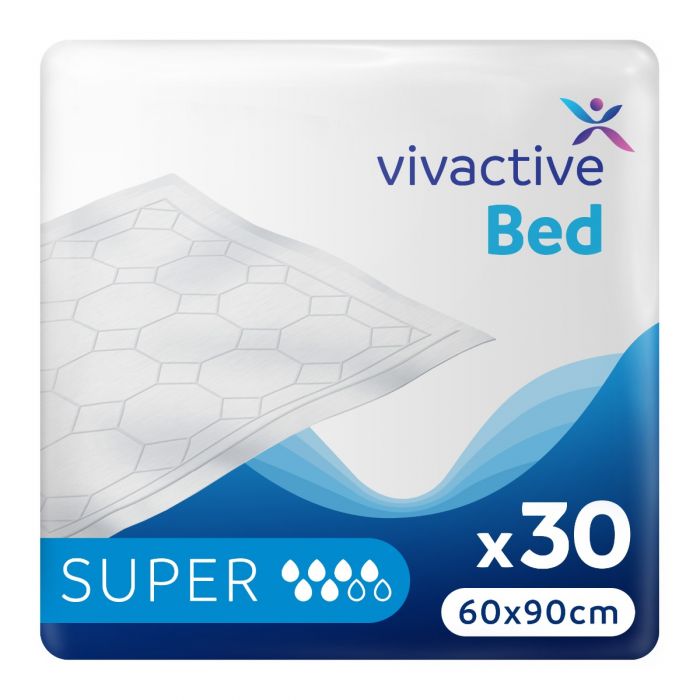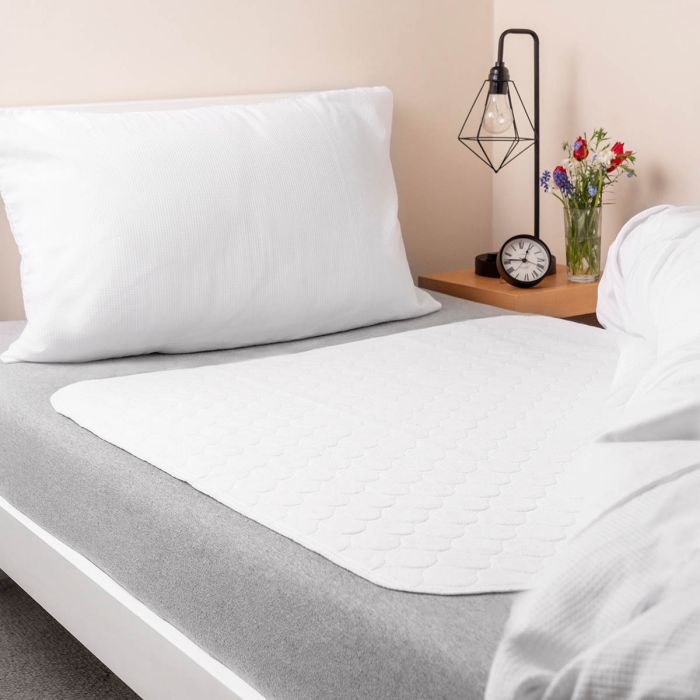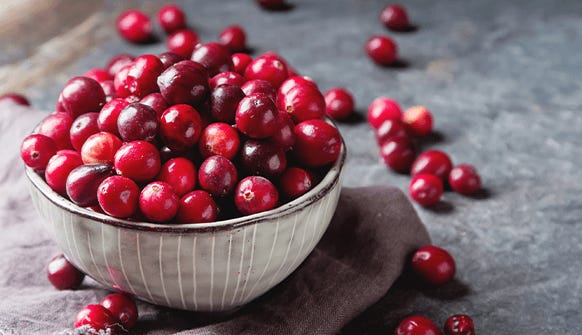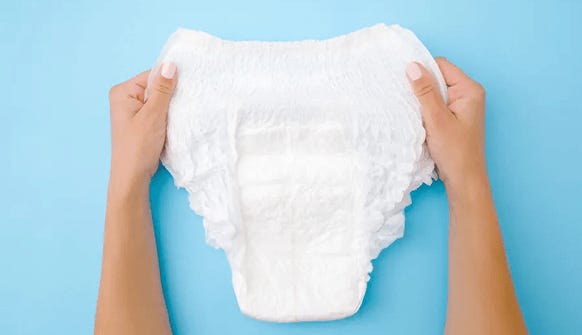

Share this page with friends
Nutritional guide to maintaining good bladder health
Bladder weakness isn’t just something experienced by older people. Despite older people being the main users of incontinence products, bladder weakness can affect people of all ages, sizes, creeds and genders. It’s still a point of embarrassment or shame for a lot of people, but it really needn’t be when it’s a totally natural thing to happen.
In fact, NHS have published statistics stating that an estimated 14 million people, of all ages, are living with bladder problems. 61% of men are experiencing lower urinary tract symptoms and 34% of women are living with urinary incontinence. 900,000 children and young people are experiencing bowel and bladder dysfunction. It’s estimated that around 7 million people in the UK experience urinary incontinence (5-10% of the population).
The numbers speak for themselves, it’s a big deal. So, why is nobody talking about it? Millions of people are affected by bladder weakness and urinary incontinence, with lots of people choosing not to go to the doctors, the true number is probably much higher.
We’re here to help break the stigma around incontinence and get people talking. The more informed you are, the better equipped you’ll be to handle it.
In fact, NHS have published statistics stating that an estimated 14 million people, of all ages, are living with bladder problems. 61% of men are experiencing lower urinary tract symptoms and 34% of women are living with urinary incontinence. 900,000 children and young people are experiencing bowel and bladder dysfunction. It’s estimated that around 7 million people in the UK experience urinary incontinence (5-10% of the population).
The numbers speak for themselves, it’s a big deal. So, why is nobody talking about it? Millions of people are affected by bladder weakness and urinary incontinence, with lots of people choosing not to go to the doctors, the true number is probably much higher.
We’re here to help break the stigma around incontinence and get people talking. The more informed you are, the better equipped you’ll be to handle it.
What actually is bladder weakness?
Let’s kick things off with the basics. Bladder weakness, also known as urinary incontinence, is a condition whereby urine is involuntary lost from the bladder. It’s a simple definition, but a complex issue.
Bladder weakness can range from occasional leaks when coughing or sneezing to a complete inability to control urine. There are a massive amount of possible causes, differing from person to person, but some of the most common are: weak pelvic floor muscles, nerve damage, hormonal changes, medications, and underlying health conditions such as diabetes or multiple sclerosis.
It’s not all doom and gloom though, far from it. The good news is that there are steps we can take to maintain good bladder health and prevent or manage incontinence. In this nutritional guide, we'll explore some of the best foods, supplements, and vitamins that can help support bladder health, as well as some small lifestyle changes that can make a big difference. Here’s what to eat to keep your bladder healthy.
We all love eating right? We’re a nation of munchers, grazers, snackers and nibblers, but what we eat can have a big impact on our bladder health. So, best to get it right. Certain foods can irritate the bladder (covered later on), but on the other hand, some foods can help support good bladder health and help you manage incontinence. Here are some of the best foods to include in your diet if you’re beefing up your bladder.
Bladder weakness can range from occasional leaks when coughing or sneezing to a complete inability to control urine. There are a massive amount of possible causes, differing from person to person, but some of the most common are: weak pelvic floor muscles, nerve damage, hormonal changes, medications, and underlying health conditions such as diabetes or multiple sclerosis.
It’s not all doom and gloom though, far from it. The good news is that there are steps we can take to maintain good bladder health and prevent or manage incontinence. In this nutritional guide, we'll explore some of the best foods, supplements, and vitamins that can help support bladder health, as well as some small lifestyle changes that can make a big difference. Here’s what to eat to keep your bladder healthy.
We all love eating right? We’re a nation of munchers, grazers, snackers and nibblers, but what we eat can have a big impact on our bladder health. So, best to get it right. Certain foods can irritate the bladder (covered later on), but on the other hand, some foods can help support good bladder health and help you manage incontinence. Here are some of the best foods to include in your diet if you’re beefing up your bladder.
Cranberries
Cranberries are often associated with urinary tract health, and for a good reason. They contain compounds called proanthocyanidins (a big word to describe the chemical that gives fruits and flowers their colours) which can help prevent bacteria from sticking to the bladder walls, reducing the risk of infection. Cranberries can be enjoyed in many forms, including juice, dried fruit, or as a supplement.
Leafy greens
Do they taste great? Not really. Will they turn you into Popeye? Possibly. Leafy greens like spinach and kale are rich in nutrients that can support your regime of good bladder health. Most leafy greens are high in vitamin C, which can help prevent urinary tract infections.
Bananas
Unlike leafy greens, bananas taste great. They’re an excellent source of potassium, which can help regulate fluid balance in the body. This can be particularly helpful for those with incontinence, as too much fluid can put pressure on the bladder.


Washable Bed Pad White (2000ml) Single

Washable Bed Pad White (2000ml) Single
More like this:

Nutritional guide to
maintaining good bladder health

5 common myths about incontinence debunked

Disposable pants buyer's guide


